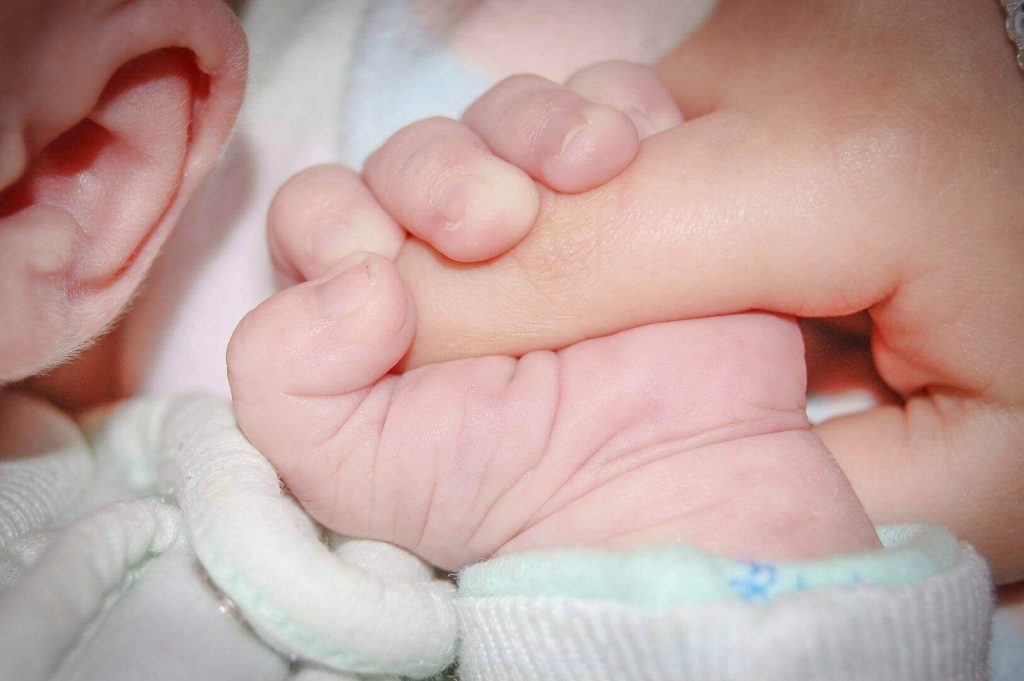Researchers from the US and UK perfected a technique to grow a fully formed human ear using a patients’ own stem cells.
Remember the mouse-grown “ear” image? At the time, everyone, including scientists, was startled. However, it unveiled the potential for engineering tissues.
A team of researchers from the U.S. and U.K. were inspired by the image. Amazingly, doctors have come up with a new technique which allows them to grow human ears using a patient’s own stem cells.
The researchers behind this work are doctors from the University of Edinburgh’s Centre for Regenerative Medicine and the University of California at Los Angeles.
The doctors start with a 3D printed polymer mold of an ear. With this, they can then implant stem cells which are drawn from fat. Amazingly, the polymer scaffold then degrades and what’s left is mature cartilage cells shaping the ear.

Who Can Benefit from a 3D Printed Ear?
Currently, the researchers are focusing on children with microtia. This congenital deformity causes patients’ ears to underdevelop.
Right now, the process of creating a new ear for a patient includes borrowing cartilage from the child’s rib. The surgeon then has to carve this into the shape of an ear. However, the process is risky and difficult.
Instead, the new technique involves using an Artec 3D scanner to create a digital model of the patient’s unaffected ear. This exact model can then be printed.
Synthetic polymers are used which stem cells latch onto. The 3D printed model is injected with stem cells which are purified from the patient’s tissue using a cell sorter.
Although it may be a while before we reap the benefits of this technology, it is an impressive start. The researchers do emphasize that this method could go even further than microtia.
For example, perhaps in the future, new noses, knee joints of hip joints could be 3D printed. However, it could be some years before we see any huge changes yet…
Source: Smithsonian
License: The text of "Scientists 3D Print Human Stem Cells to Create New Ears" by All3DP is licensed under a Creative Commons Attribution 4.0 International License.